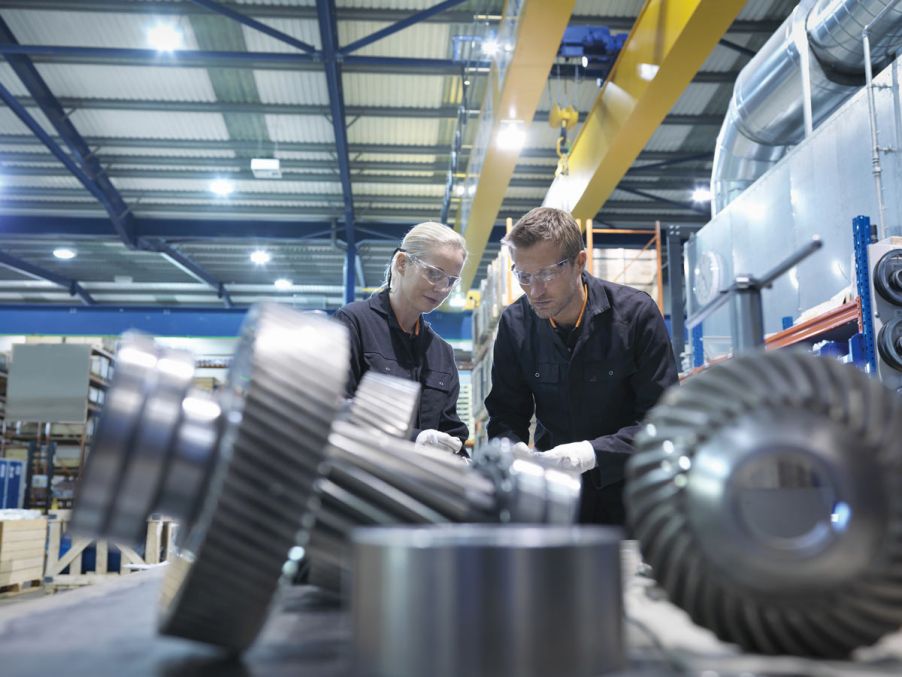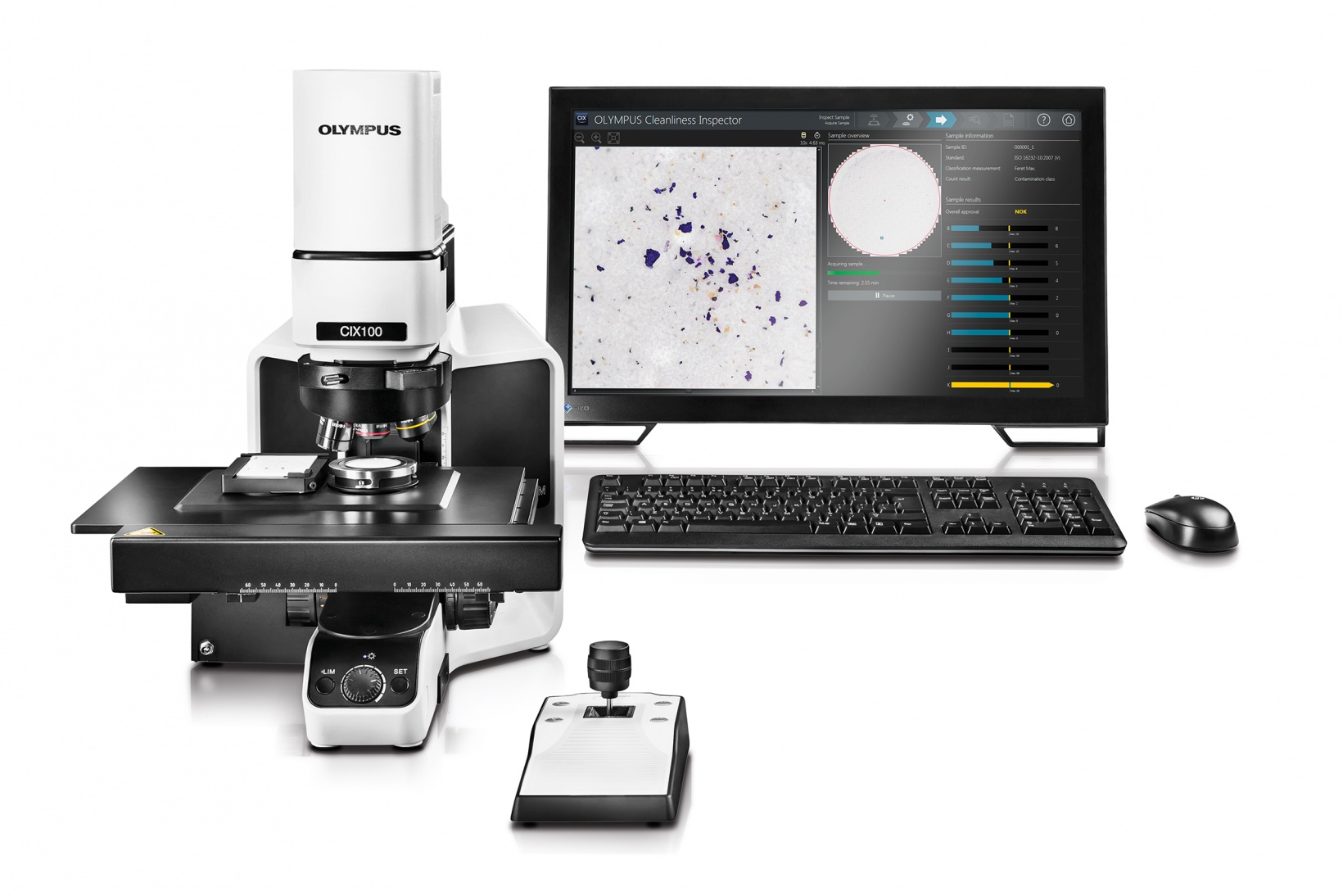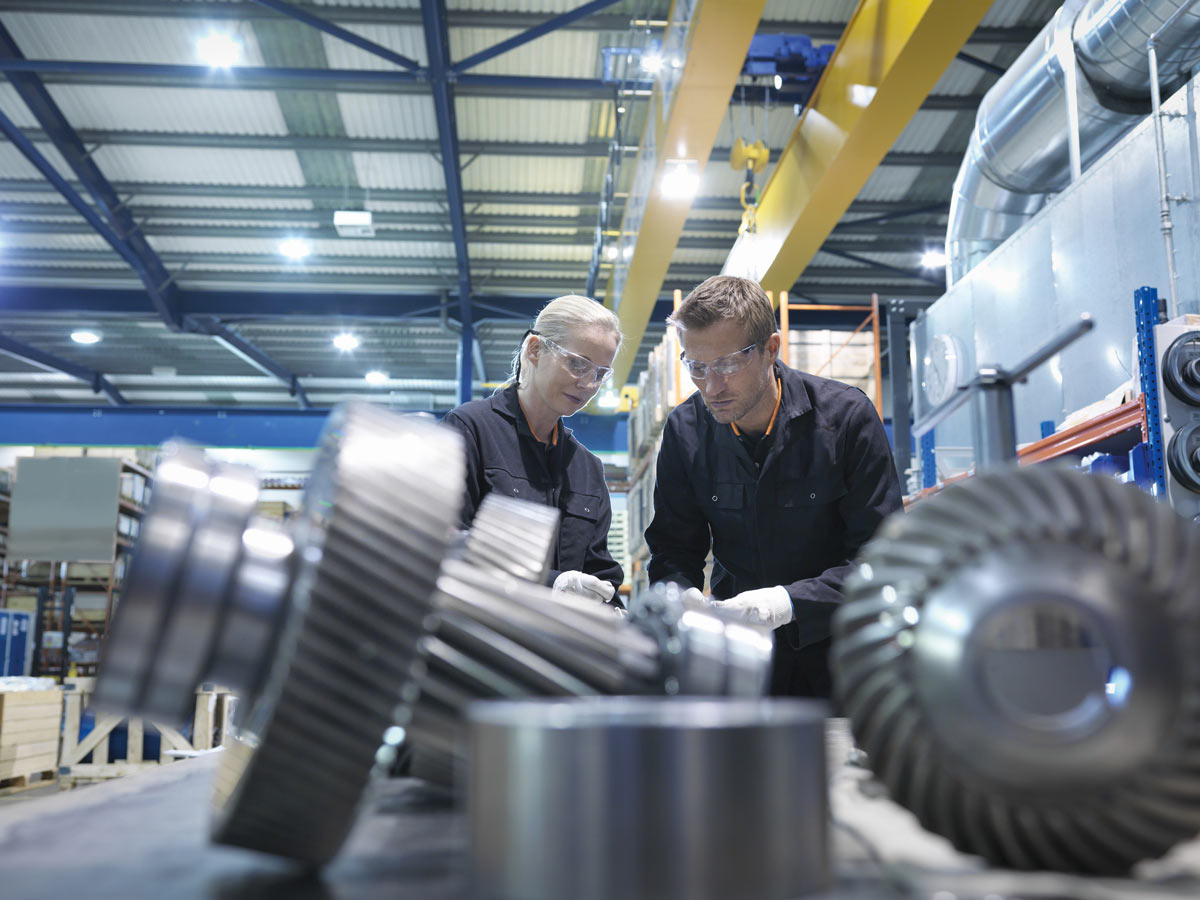Manufacturers must confirm that components or parts are free of contamination and meet technical cleanliness standards to produce high-quality products. But this critical quality control step relies on one thing—reproducible results.
This post will define reproducibility, explain its importance for technical cleanliness, and explore how our OLYMPUS CIX100 cleanliness inspector delivers it in one easy-to-use system.
The Importance of Reproducibility in Technical Cleanliness Inspections
In manufacturing, reproducibility measures whether inspection results remain the same independent of the operator or measurement system. High reproducibility for technical cleanliness data enables manufacturing sites to apply the same quality standards at different locations.
We built every part of our OLYMPUS CIX100 technical cleanliness inspection system for high reproducibility. Here are five ways our system delivers reproducible results:
1. Pre-configured and pre-calibrated system.
First, we engineered our cleanliness inspector as a pre-configured and pre-calibrated system to help ensure that your settings are correct for daily operations. The system also reminds you to perform automatic system checks for precise results on a regular basis, while the built-in particle standard device makes it easy to perform a system check at any time.
2. Intuitive guidance and one-click reporting.
Another way the system delivers reproducible results is through intuitive software and reporting.
First, you can set the user rights management so that inexperienced users are limited to basic, easy-to-follow workflows. The interface walks users through each step of the workflow, helping operators acquire accurate and repeatable cleanliness data quickly and easily.
Report creation is just as straightforward. With the click of a button, you can meet the requirements for a variety of industry standards with professional, compliant documentation.
3. High-quality optical system.
Reproducible imaging requires the right optics. Our high-quality UIS2 objectives and high-resolution camera provide exceptional image quality for excellent measurement and analysis accuracy.
In addition, a dedicated light source maintains a consistent color temperature optimized for cleanliness inspection. The patented illumination system automatically marks reflective image areas, enabling the detection of metallic particles in an all-in-one scan.
4. Stable measurement system.
We also optimized our cleanliness inspector for mechanical stability.
For instance, the optical path alignment, motorized nosepiece, and camera are protected with a cover to help prevent accidental misalignments. The stage, stage inserts, and all optical components are also mounted securely. Additionally, the filter holder has a simple bayonet lock so you can secure it easily without the need for any extra tools.
5. Automated control.
The cleanliness inspector also maximizes automation to produce reproducible results.
Here’s how it works: After washing parts and extracting particulate residue on a filter membrane, all you need to do is place the filter on the microscope stage to begin analysis. The system then automatically counts, measures, and classifies particles in accordance with the selected cleanliness standard. It can even sort between metallic and non-metallic particles in a single scan.
This automatic workflow minimizes the risk of contaminating the sample and misaligning the system by eliminating the need to adjust components. With the CIX100 cleanliness inspector, you have fully automated software control of all hardware components, including the motorized nosepiece, motorized 3D stage, camera, and illumination.
Reproducible Imaging for Routine Cleanliness Inspections
Contaminated surfaces and fluids in manufacturing can lead to product failure, breakdowns, and recalls. The OLYMPUS CIX100 cleanliness inspector helps you obtain the reproducible results to meet technical cleanliness standards and keep our automobiles, machinery, and other products operating safely.
Related Content
Video: Simplify Your Technical Cleanliness Inspection





